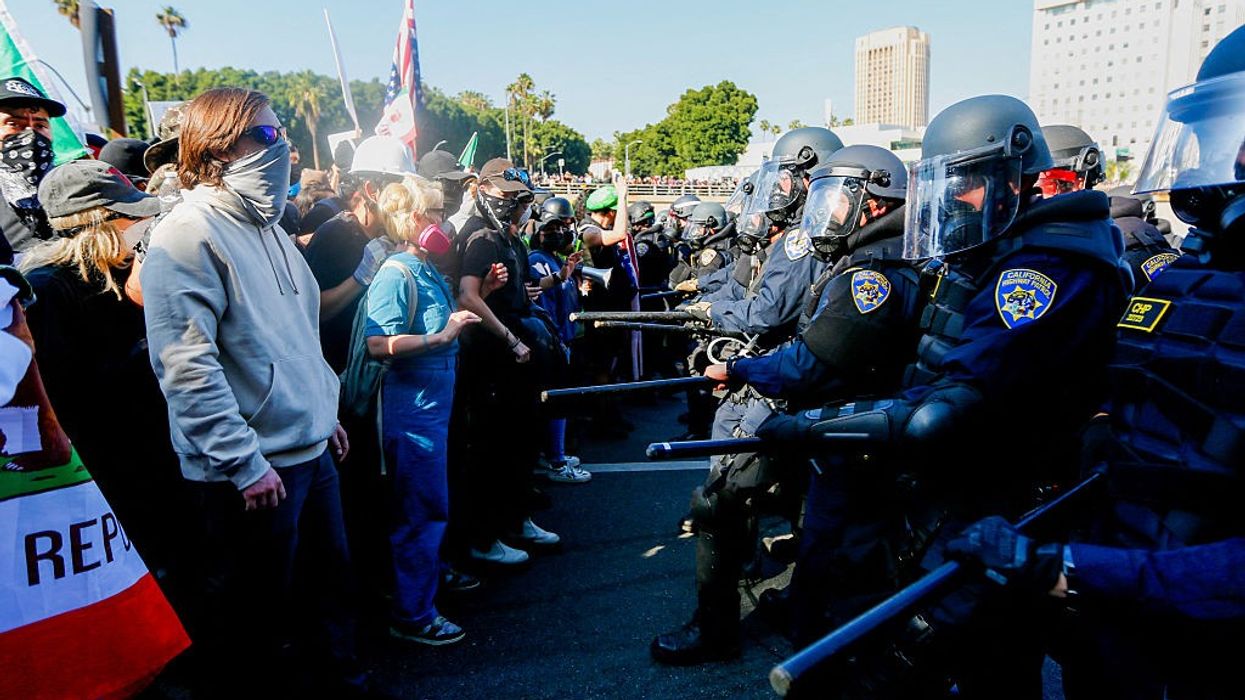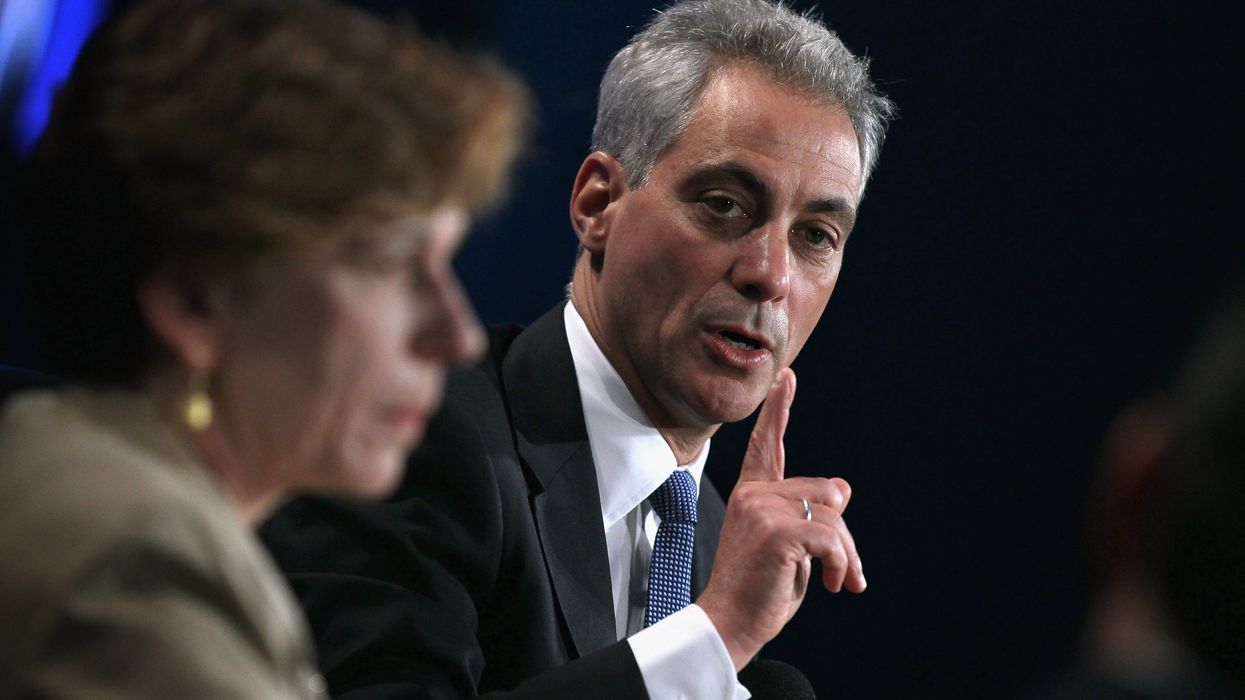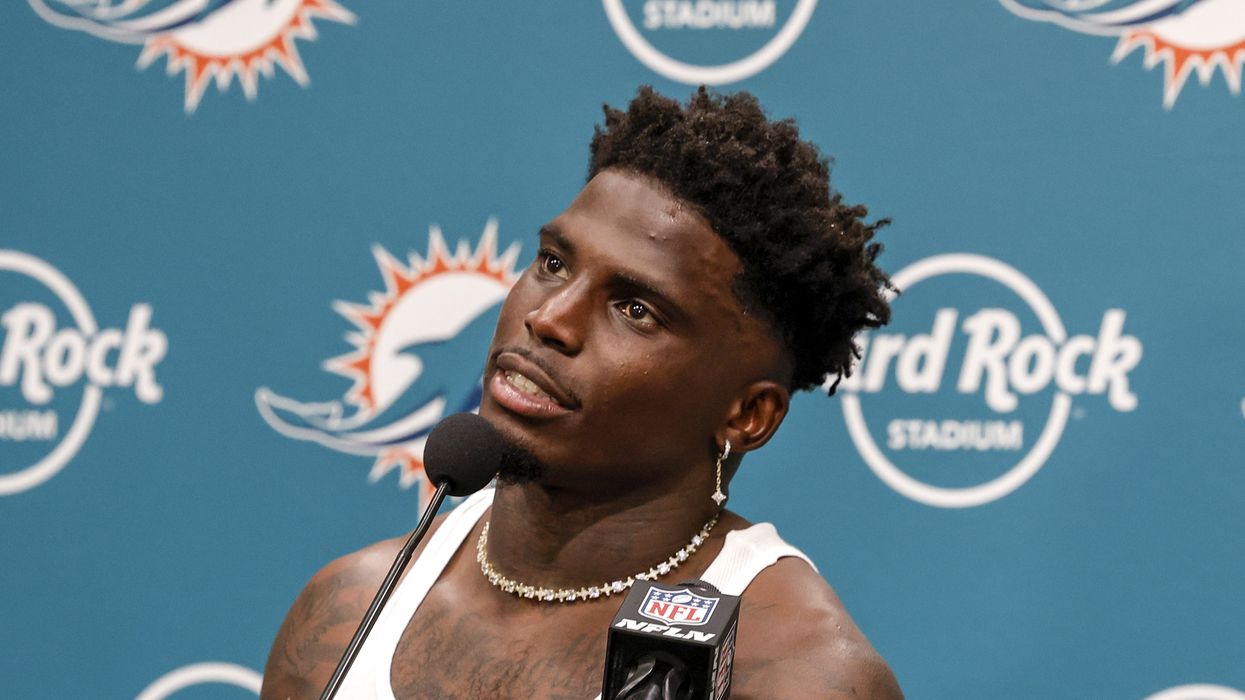When the Margins Catch Fire, We Should Ask Why
Mainstream coverage—especially in conservative media—attempts to pathologize public rage, diagnosing it as deviance or irrationality rather than consequence.
The press was all over the unrest in Los Angeles about a month ago. But since then, the impatient gaze of the industry turned toward Iran, beautiful budgets, trials of the century, and Elon v. Donald. Still, the cycle of urban margins catching fire needs attention—not just as spectacle, but as the result of fixed systems and broken promises.
The recurring tableau of public rage in urban America has been reduced to visual shorthand—burning cars, shattered glass, tossed stones, fleeing reporters, looting desperados, and the theater of rubber bullets, tear gas, and battle gear. The corporate media narrative rarely strays from this script, obedient to its reflexive calculus: Unrest equals lawlessness and unmoored anger.
Regardless of editorial intent, such mainstream coverage—especially in conservative media—attempts to pathologize public rage, diagnosing it as deviance or irrationality rather than consequence. In doing so, the narrative dismisses the very legitimacy of grievance among those already made to feel they do not count because they do not carry the full weight of citizenship. In supremacy logic, “noncitizen” is often polite talk for racialized otherness.
Peace without justice is an anesthetic, and anesthetics wear off.
This reduction of protest to pathology has consequences. It gives cover to expanded exercises of state power, such as, normalizing greater surveillance capacities, lowering thresholds for suspicion and probable cause, suppressing dissent and academic freedom—all upheld by populist rhetoric and sycophantic media amplification.
We’ve seen this spectacle before. In Baltimore in 2015, protests following the death of Freddie Gray were reduced to a looped image of a burning CVS pharmacy, as if fire alone explained a century or more of exclusion. The substance of the protest—calls for justice, dignity, and police accountability—was overwhelmed by sensational visuals. In Ferguson the year before, armored police vehicles rolled through suburban streets, rifles trained on unarmed civilians, creating scenes indistinguishable from war footage. The tableau was complete: disorder, danger, deviance.
In 2019, nearly 700 undocumented workers were arrested in Mississippi in a high-profile Immigration and Customs Enforcement (ICE) raid conducted on the first day of school—leaving children stranded and traumatized. No white-collar managers were arrested. The arrests were real, but the performance was unmistakable.
Normally locked in the vaults of academia, scholarship occasionally does help in offering names to describe what we all know and recognize through lived experience. For example, scholarship on “advanced marginalization,” as Loïc Wacquant words it, documents the corrosive effects of persistent exclusion of marginalized communities and their political, social, and economic exclusion. Ruth Wilson Gilmore’s research argues that state institutions produce and maintain zones of “organized abandonment”—communities targeted not only by economic disinvestment but by punitive state power and carceral responses: false imprisonment, law enforcement overreach, racial profiling, and harassment. When entire communities are hemmed in by political structures and policies that monitor, contain, and discipline rather than support or uplift, protest becomes not a departure from reason but its rational consequence.
The truth in our current context is simpler: ICE raids—often carried out by masked agents who withhold identification—serve not merely as immigration enforcement, but as public theater: performative acts of state power designed to instill terror that pushes minorities into greater marginalization.
More recent victims of government signaling include Rümeysa Öztürk, a Turkish PhD student at Tufts University, who was forcibly detained by six masked DHS agents and transported through a multi-state labyrinth of detention centers before being released. Kilmar Ábrego García was wrongfully deported to El Salvador in March, despite a 2019 court order barring his removal. At Columbia University, Mahmoud Khalil, a green card-holding graduate student and Palestinian rights activist, was arrested by ICE as he prepared to graduate. He was released last month..
I fear that these incidents are part of an unfolding pattern in which immigration enforcement becomes a form of ideological policing, where dissent, origin, appearance, or even academic expression can become grounds for removal. These actions are not just about controlling borders—they are about signaling who belongs in the nation’s narrative and who can be disappeared from it.
The carceral logic of state power is vulnerable to disrespecting constitutional protections and rights. Once these rights are on the run, there’s no corralling them back. It is logistically impossible to deport all people who are in the country illegally (as they say). As such, it seems that ICE has been transformed into a performative arm of white nationalist fantasies—a tool not only for deportation but for public signaling. Migrants from south of the border, Muslims, and international students from the Global South are subjected to raids, surveillance, and public humiliation.
These are deliberate acts of political semiotics—meant to declare who belongs and who does not, a specious restriction of what qualifies as the right kind of identity. The cumulative effect is a wounding of body and psyche—a slow, grinding reminder that certain lives exist only at the mercy of others. The nationwide protests over ICE mandates, arrests, and their social meaning are, in a way, a protest to dismantle the “mercy” arrangement.
The aftermath of unrest is often met with rhetorical sleight of hand: Chaos is condemned while its causes are conveniently ignored. Calls for peace are often made by those woefully insulated and racially protected from the very conditions that make public rage inevitable. Peace without justice is an anesthetic, and anesthetics wear off. The question is not why rage appears, but why so little has been done to acknowledge the legitimacy of frustration and address it without the militarization of American cities.


